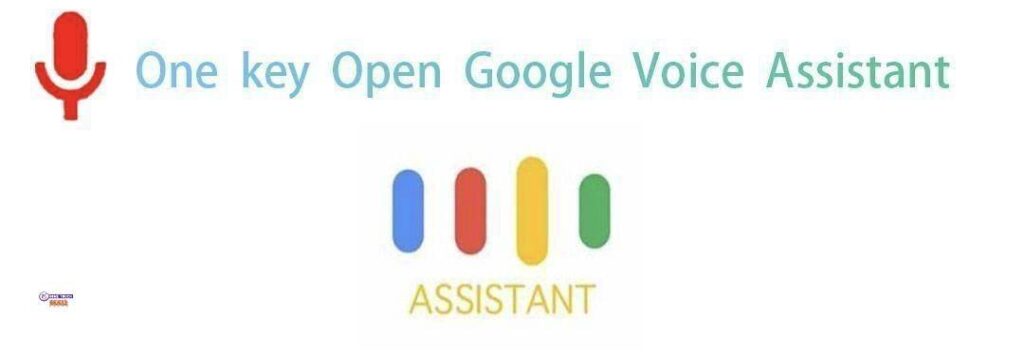
The evolution of TV boxes with Google Voice Assistant and features like YouTube integration has revolutionized the way we consume media and interact with our televisions. These advancements have provided us with a more convenient and personalized viewing experience.
Thank you for reading this post, don't forget to subscribe!With the integration of Google Voice Assistant, users can now control their TVs using voice commands. This includes tasks such as changing channels, adjusting volume, searching for content, and even controlling smart home devices all through voice interactions. This level of convenience and hands-free control has greatly enhanced the user experience.

Furthermore, with YouTube integration, TV boxes now allow users to access a vast library of online videos directly from their televisions. This means that users can not only watch traditional broadcast television but also browse and stream various types of online content, including user-generated videos, music videos, documentaries, and more. This integration has significantly expanded the range of content available to TV viewers, providing them with a virtually unlimited selection to choose from.
Looking ahead to 2060, it is difficult to predict the exact path technology will take, but we can speculate on some potential advancements in TVs. One possibility is the development of even more advanced voice assistants that can understand natural language and have a deeper understanding of context. This could further enhance the user experience by allowing for more complex commands and personalization.

Additionally, we may see advancements in display technology, with the emergence of ultra-thin and flexible screens that can be seamlessly integrated into our living spaces. This could potentially lead to TVs becoming an integral part of our home decor, blending in with our surroundings when not in use and transforming into immersive displays when turned on.
Furthermore, the concept of “TV” itself may evolve beyond a physical box. With the rise of virtual reality (VR) and augmented reality (AR), we may witness the emergence of immersive and interactive television experiences. Imagine being able to step into your favorite TV show or interact with the characters in real-time. This could open up entirely new possibilities for storytelling and entertainment.
Overall, the evolution of TV boxes with Google Voice Assistant and YouTube integration has already transformed the way we consume media. Looking ahead to 2060, we can expect even further advancements that will continue to enhance the user experience, providing us with more personalized, immersive, and interactive television experiences.